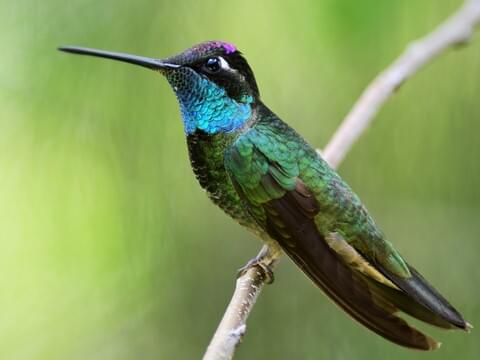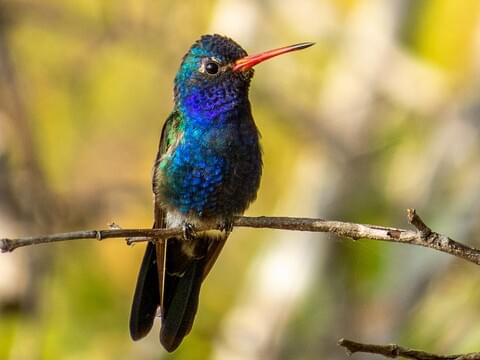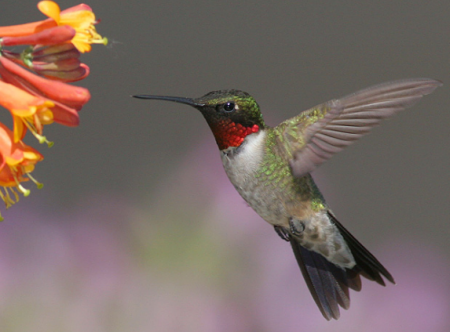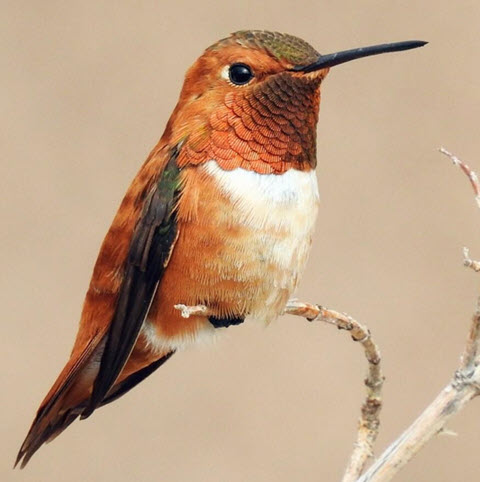Click below to listen to my 2 min. Garden Bite radio show: Hummingbirds heading out
I still see those little jewels at my Honeysuckle vine and red mandevilla! But they’ll be on the move very soon.

Hummingbirds, their wings beating out the symbol for infinity, and a tattoo on the back of my shoulder! All 350 (or so) species of hummingbirds are native to the Americas! Another great guide to all kinds of birds comes from Cornell Lab of Ornithology.

As for the Upper Midwest, we are graced with 7 of them in Minnesota and 4 in Wisconsin.

The Ruby-throated being the most prevalent in both states.

The Ruby-throated is the only one that breeds east of the Mississippi river and travels non-stop over the gulf of Mexico to do it. A perilous 500 miles! Hummingbirds cannot walk or hop, though their feet can be used to scoot sideways while they are perched. These birds have evolved smaller feet to be lighter for more efficient flying. They do use their feet for itching and preening.
- An average hummingbird’s heart rate is more than 1,200 beats per minute. In comparison, a human’s average heart rate is only 60 to 100 beats per minute at rest.
- Hummingbirds can’t smell but have exceptional eyesight.
- A hummingbird egg is smaller than a jelly bean and 10% of the mother’s weight when laid.
- They eat half their weight every day.

Find out more amazing facts and start thinking about those migratory birds you’ll want to feed this winter.
